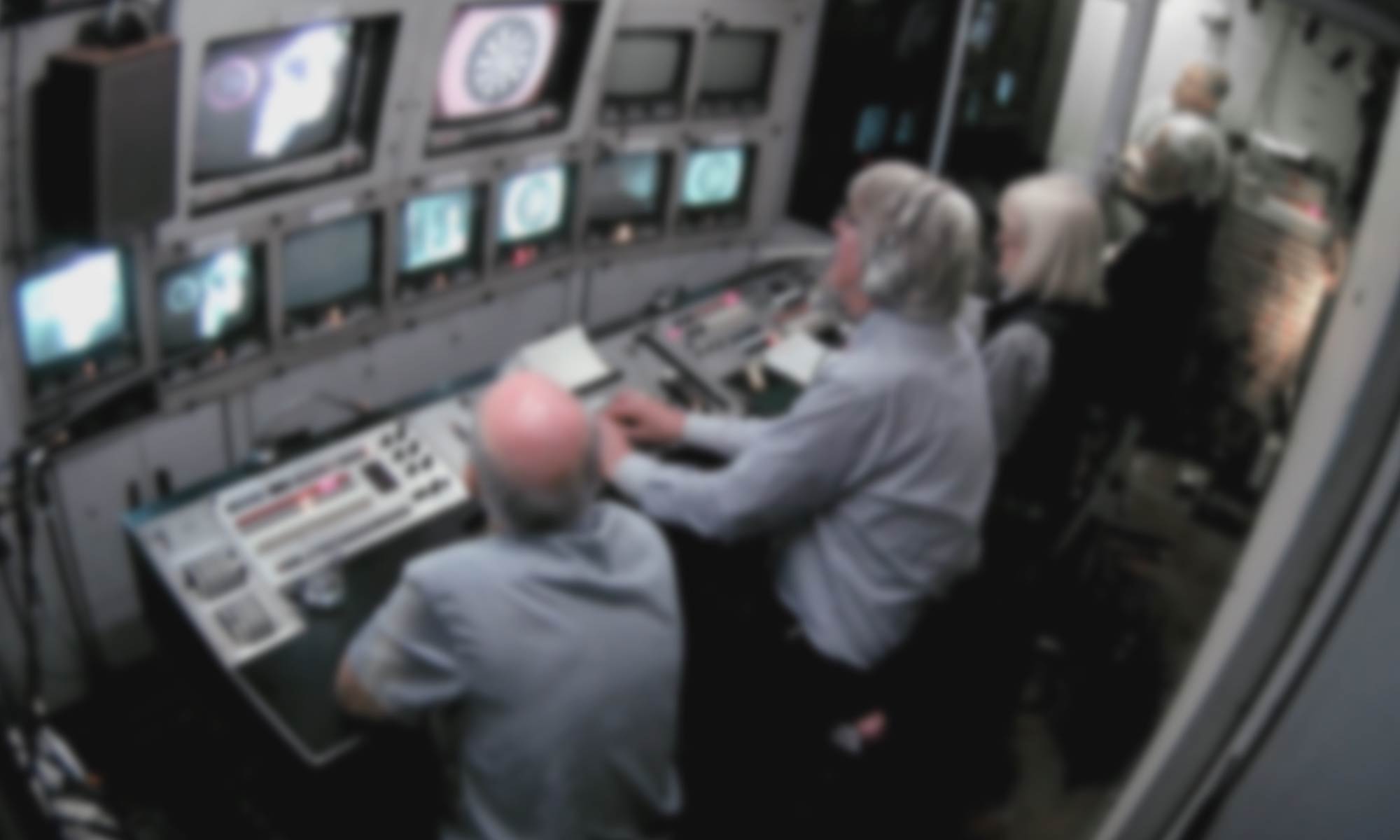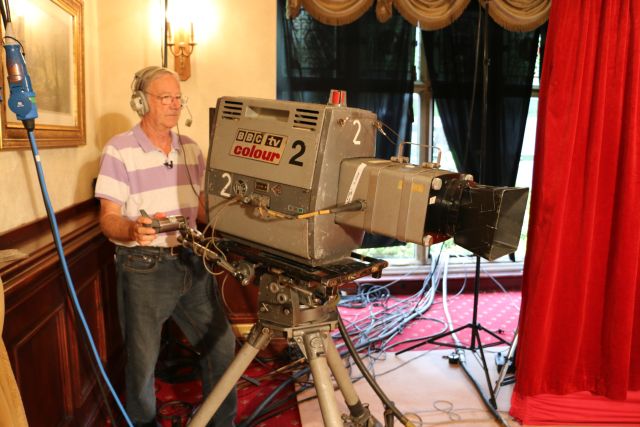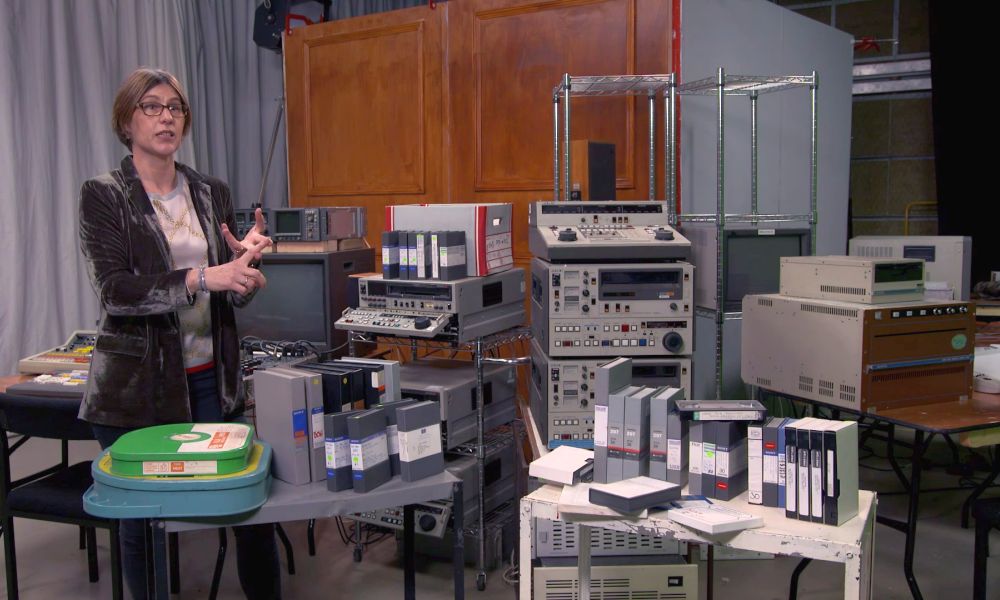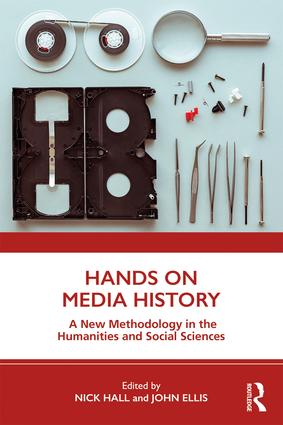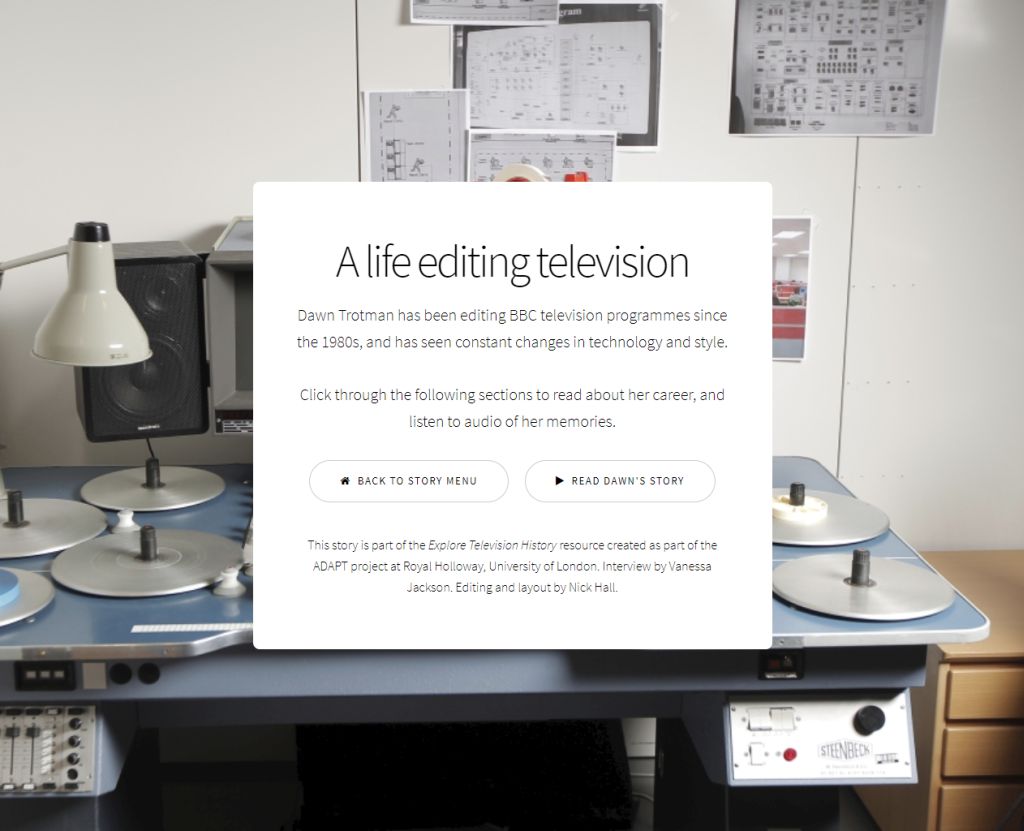Television has only recently become an all-digital medium. Programmes used to be made using analogue video or celluloid film.
This is how 16mm film was shot:
This is how analogue video worked:
This website offers a hands on history of TV’s physical media, used to create millions of hours of TV around the world. It offers:
| Over 260 videos – most in short, medium and long length versions |
| More than 12 hours of footage |
| Interactive stories about television history |
| Profiles of television veterans |
Our videos recreate how TV used to be made, using historic film and video technologies operated by the professionals who once used them every day.
All 260 videos can be downloaded and used under a Creative Commons licence from Europeana or the Figshare repository. Detailed descriptions of each video can be found by expanding the descriptions in the Europeana collection. There are three versions of each: bitesize, medium and full length.
Here’s a lightening version of our recreation of 16mm filming, shot on four cameras:
These videos were directed by Amanda Murphy as part of the ADAPT project, funded by the European Research Council, headed by Professor John Ellis. They provide unique information about how TV used to be made, and have been widely used, even by the BBC
https://www.bbc.com/historyofthebbc/research/bbc-tv-colour
